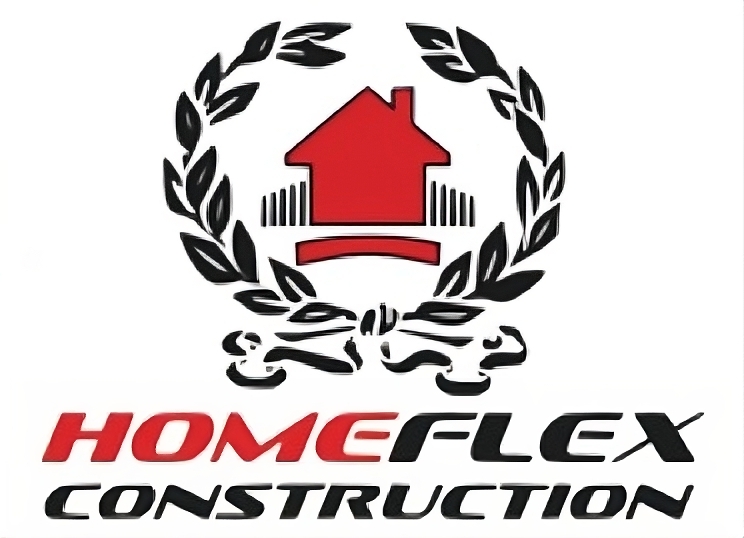A leaky roof isn’t just a drip — it’s your house giving you an emergency warning. When it comes to protecting your home, roof waterproofing solutions are your first and best defense. Especially in places like NYC, where the weather throws rain, snow, and heat all in one season, proactive waterproofing keeps your roof strong, dry, and leak-free.
By putting the right defenses in place now, you dodge monstrous repair bills, seriously boost your energy efficiency, and effectively give your roof a new, much longer lifespan. Forget reactive fixes. We’re going to talk about stopping leaks before they even think about starting.
The Defense Strategy: 10 Bulletproof Solutions
Think of your roof as the ultimate shield. When that shield fails, water starts creeping in through tiny cracks and gaps. Good waterproofing creates an impenetrable barrier against every type of environmental attack, wind, moisture, and temperature swings. Let’s look at the solutions you need.
1. The Seamless Armor: Liquid-Applied Coatings
This is one of the quickest and most effective fixes. These materials are painted or rolled on and then cure, creating a single, flexible, rubbery layer over the entire roof. No seams means nowhere for water to sneak in.
- Acrylics: Great for your budget and they stand up well to sun exposure.
- Polyurethane: The workhorse; super flexible and excellent for roofs that see heavy traffic.
- Silicones: Best for reviving older roofs or surfaces that already have old coatings.
The key is that this new surface adapts to the roof’s natural expansion and contraction, which is the whole reason old materials crack in the first place.
2. The Flat Roof Staple: Heavy-Duty Bitumen
Got a flat roof? Water ponding is your enemy. Bituminous membranes (the thick, asphalt-based kind) are the classic, heavy-duty solution for this job.
These systems are built from reinforced fabrics layered with bitumen, often sealed using heat (torch-on) or specialized cold adhesives. The result is a rock-solid, watertight layer. While they take a skilled installer, their track record and long life make them essential for high-exposure urban buildings.
3. Modern Tech: Single-Ply Systems (TPO & EPDM)
If you’re building new or focusing on energy efficiency, look at single-ply membranes. These massive sheets are welded or glued down to create a seamless finish.
- EPDM: It’s a synthetic rubber known for being incredibly durable, flexible, and UV-resistant, it lasts forever.
- TPO: This is the “cool roof” champion. TPO is usually white and reflective, which dramatically lowers heat absorption and cuts down your A/C bill in the summer.
4. Fortifying Concrete: Cementitious Coatings
For those classic, concrete-slab roofs, cementitious waterproofing is a reliable option. You’re essentially applying a cement-based paste that permanently bonds with the concrete itself.
This mixture seals up every tiny pore, stopping water absorption dead in its tracks. It’s tough, resilient, and resists chemical wear. Just remember: because it’s cement, it’s rigid. It works best on roofs that don’t shift or move around much.
5. Detail Work: Sealing the Trouble Spots
Coatings and membranes cover the large surface area, but leaks always happen at the details. You need high-quality polyurethane or silicone sealants to reinforce flashing, vents, skylights, and joints.
Make it a habit: after every harsh winter, you need to visually check these crucial spots and reapply sealant. The freeze-thaw cycles love to turn minor gaps into major leaks.
6. The Eco-Defense: Green Roof Systems
Want a roof that stops leaks and looks fantastic? Green roofs involve planting vegetation over a sophisticated waterproofing system.
The soil and plants soak up rainwater, dramatically reducing runoff and heat. Underneath, a layered defense of drainage and membranes ensures the structure stays bone-dry. Bonus: it’s insulation, UV protection, and aesthetics all in one package.
7. Maintenance is Mandatory: Drainage Check
No waterproofing system can beat a backup of standing water. If water can’t get off the roof quickly, it will find a weakness.
You need to be obsessive about drainage: clean those gutters and scuppers twice a year. Make sure the roof has the right slope and that drain outlets are clear. A small investment in leaf guards can save you from a major pooling crisis.
8. The Pro Touch: Regular Inspections
The unpredictable weather means roof wear happens fast. You should have a licensed contractor check your roof twice a year. Why? Because they can spot the silent killers before they become disasters: tiny surface blisters, cracking flashing, or areas where sealants are starting to fail. Proactive maintenance is always cheaper than emergency repair.
9. Smart Money: Energy-Efficient Add-Ons
Since you’re waterproofing anyway, choose reflective or “cool” coatings (like TPO or white acrylics). They don’t just protect the membrane from sun damage; they reflect solar heat away from your building. This significantly lowers thermal stress on the roof and cuts your summer cooling bills. Win-win.
10. The Ultimate Shield: Layer Everything Up
Rarely does one solution work for every situation. The smartest approach is usually a multi-layered strategy. This means pairing a durable membrane with a flexible protective coating, then aggressively sealing all the joints. This creates redundant protection, maximizing your roof’s life and minimizing your stress levels for decades.
Conclusion
Roof waterproofing isn’t just about patching a hole; it’s about bulletproofing your home against the elements. By using the right combinations of coatings, membranes, and meticulous maintenance, you are safeguarding your structure from top to bottom. In an expensive, high-exposure environment, professional, proactive waterproofing is simply the smartest money you can spend on your home’s future.
By choosing the right roof waterproofing solutions, you’ll avoid costly repairs, improve energy efficiency, and extend your roof’s lifespan. Forget reacting to leaks — let’s talk about stopping them before they even start.
